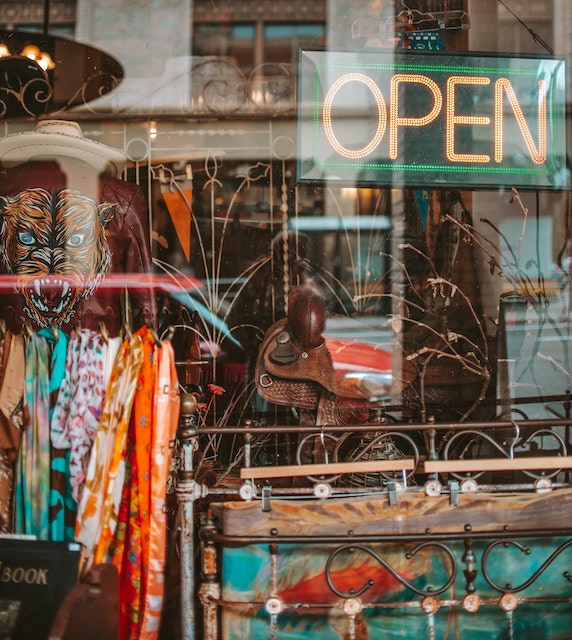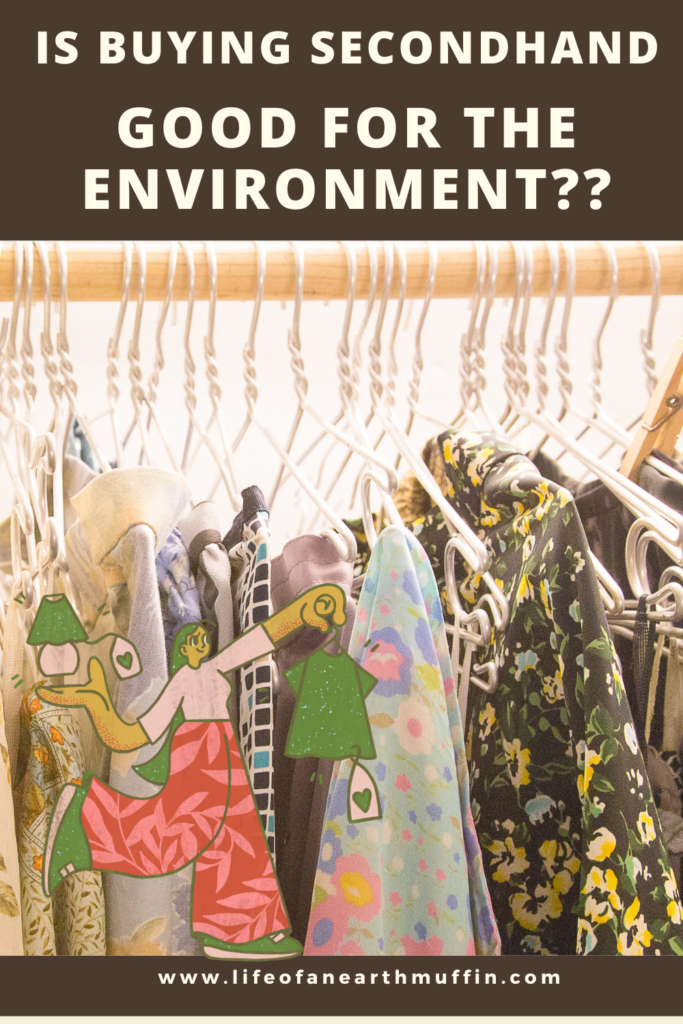In an era increasingly characterized by consumerism and fast fashion, the concept of buying secondhand is gaining traction for several compelling reasons. Most notably – its positive impact on the environment! As individuals strive to find more sustainable ways to shop, the question arises: Is buying secondhand truly good for the environment? Let’s dive into the benefits of secondhand shopping and how it contributes to a more sustainable world.

Reducing Waste (and Landfill Impact)
One of the most immediate environmental benefits of buying secondhand items is the significant reduction in waste. Each year, millions of tons of clothing end up in landfills worldwide. They can take hundreds of years to decompose, releasing harmful greenhouse gases in the process. By choosing to buy secondhand, consumers directly contribute to reducing the volume of waste, extending the life cycle of products, and decreasing the demand for new items, thus lessening the burden on landfills.
Lowering Carbon Footprint & Conserving Resources
The production of new goods is resource-intensive, involving significant amounts of water, energy, and raw materials. It also contributes to carbon emissions at every stage. Buying secondhand circumvents much of the production and distribution process, substantially lowering the carbon footprint associated with purchasing new goods. This reduction in demand for new items can lead to fewer goods being produced. This in turn decreases the overall carbon footprint of our consumer habits.
Supporting a Circular Economy
Buying secondhand is a pivotal aspect of the circular economy, which aims to keep products and materials in use for as long as possible to maximize their value. This approach contrasts with the traditional linear economy of ‘take, make, dispose.’ By supporting secondhand markets, consumers encourage the reuse and recycling of goods, which can lead to more sustainable production and consumption patterns over time.
Encouraging Ethical Consumption
The secondhand market often provides an alternative to mass-produced goods, which can be associated with unethical labor practices and environmental degradation. By choosing secondhand, consumers can avoid contributing to these harmful industries. Instead, they can support a more ethical and sustainable model of consumption.

In conclusion, the environmental benefits of buying secondhand are clear and significant. From reducing waste and conserving resources to lowering carbon footprints and supporting a circular economy, the act of choosing secondhand items over new can make a substantial difference in our environmental impact. As more people embrace secondhand shopping, we can collectively drive down demand for new products. In this light, buying secondhand is not just good for the environment. It’s an essential step towards a more sustainable future! Do you shop secondhand??
Love,
Jenna ♥





Such an important post! I love thrift shopping so much, but I know that I need to limit the new items that I purchase. It is a real struggle, but your posts inspire me to keep trying <3